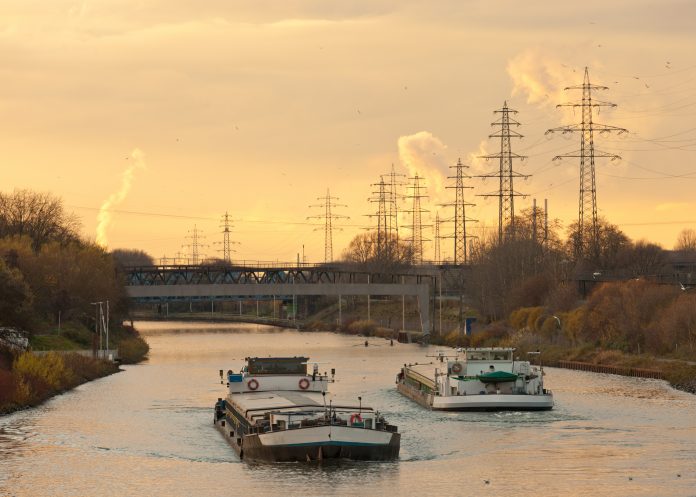Mateusz Szymański, Member of the European Economic and Social Committee, sheds light on sustainable and inclusive urban mobility, including a call for the better use of inland waterway transport
Sustainable mobility is a catchy slogan. We dream of green cities where we can move around quickly. This is not easy – all the more so because environmental goals should stand on an equal footing with social ones if we want to achieve sustainability in the fullest sense of the word.
The human right to mobility is a strongly protected right for all of us, arising from the Universal Declaration of Human Rights. Since the introduction of the European Pillar of Social Rights, it has also been an important part of EU social policy. Unfortunately, in many cases, our understanding of this right is too narrow as we only see it as being related to the environment, making it just a nice but empty marketing phrase.
In practice, the issue is not simple. Due to the complexity of the problem, city managers opt for simple solutions and focus on improving traffic flow where bottlenecks arise. Such measures yield limited results. Traffic jams often only disappear for a short time, while problems such as air pollution and traffic exclusion remain. It is crucial to move away from the assumption that mobility implies only moving from one point to another. It is important to consider the whole spectrum of issues related to mobility.
The demand for adequate transport infrastructure
Cities are spilling over. These are often uncontrolled processes. Before adequate transport infrastructure is in place, new settlements appear, whose residents have to go by car to the city centre, where workplaces and public institutions are most often located. For this reason, proper planning is fundamental, not only for cities, but also for the surrounding areas, and not only in terms of resident mobility, but also in terms of urban logistics. This is the key to this puzzle.
However, planning requires time, investment and careful analysis. City mayors who think in terms of upcoming elections do not like this. This is where civil society comes in. Indeed, its role could increase significantly. Creating plans, including Sustainable Urban Mobility Plans (SUMPs) and Sustainable Urban Logistics Plans (SULPs), is an excellent idea, involving different communities with different mobility needs and moving urban planning away from the narrow interests of developers, who are ready to build up every square metre available in cities, resulting in a lack of space for infrastructure for resident-friendly mobility.
Car free zones: creating an alternative to cars
A good plan should include an optimal alternative to cars. It is not reasonable to force people to leave their cars, for example by creating car-free zones. This will cause frustration and may lead to traffic exclusion. Other options need to be available, which should be cheap, comfortable and safe but, just as importantly, provide equal access for everyone. Such alternatives also include places where people change means of transport: so-called transport hubs. These must be not only places where people can change means of transport quickly, conveniently, hassle-free and at a low cost, but also places where people can use various other services on a one-stop shop basis.
Modern mobility planning tools for users (mobility as a service (MaaS)) can help with this. A number of apps and platforms offer this service, but it is important that they do not become available only to those with strong digital skills. Everyone needs to be able to use them freely for their full potential to be realised. Equally important will be user-friendly and transparent passenger information that is accessible to all passengers.
Sustainable public transport
Undoubtedly, public transport has an important role to play in building sustainable mobility and providing an alternative to cars. The recipe is simple: passengers expect public transport to be accessible, affordable, reliable and on time and to make them feel safe. At the same time, it should also keep passengers safe during public health emergencies. It is also important that using public transport not be associated with poverty. Fortunately, this is an increasingly rare occurrence. There is no doubt that sustainable mobility, where public transport is the focal point, is not just a “product” offered to residents. Sustainable also means providing decent working conditions for the people who provide these services. Let’s not forget this.
We should not overlook business and urban logistics, which have specific characteristics. These types of mobility involve transporting large volumes of goods and cannot be diversified very easily. However, there are good solutions to be found here too. One example is to make better use of inland waterway transport. Many of Europe’s city centres are traversed by rivers that could successfully provide transport corridors for goods in the so-called “last mile”. This would require facilitating the development of inland waterway transport in cities, including appropriate infrastructure, and ensuring that public waterway transport receives the same preferences as public land transport.











